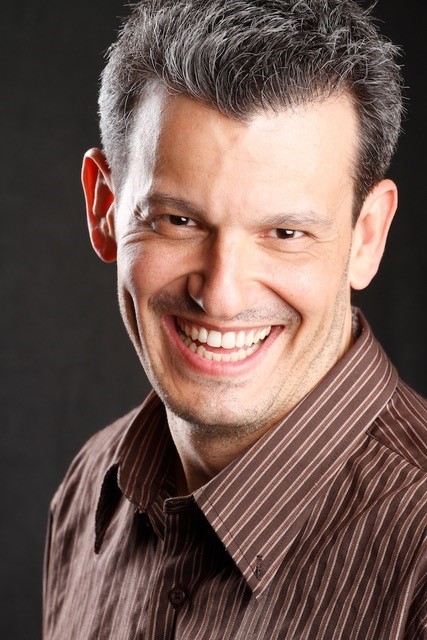Translanguaging – what is it?
One of the most intriguing new concepts around bilingual education in the 21st century is translanguaging. According to Ofelia Garcia in her book Bilingual Education in the 21st Century – A Global Perspective, translanguaging is “the act performed by bilinguals of accessing different linguistic features or various modes of what are described as autonomous languages, in order to maximize communicative potential” (Ofelia García, 2009: 140). But what is it in practical terms?
Think back of the time when you only knew one language. You were limited to one linguistic code, to one standard, to one pattern, one order of words in a sentence, one way of thinking I dare to say. When a second language knocks at your door it is a revelation. Suddenly you realize there is much more than one way of saying things, of expressing yourself. You see that the order of words you use in a sentence is just true for that one language you speak. You find out that some words you use in your first language to express one idea may not mean the same if used in another language. Then you start to understand why some people from other countries, even when fluent in your first language, make different choices of words and expressions, and sometimes interpret what you say in a totally different way you actually wanted it to be interpreted.
And as you advance your studies in a second language, and start to immerse in the inner logic of it, and in the cultures around it (for there’s no language without cultural influence), and you become more and more fluent in that second language, suddenly you discover that you changed the way you speak your first language. And that can be scary, but it is exactly what is in the heart of translanguaging: the way languages interact with each other and change the way you speak both of them. The way you select words and the order of words in a sentence may change once you master another linguistic code. The mixture of both languages creating a new word also start to happen, and the code switching (changing codes in the middle of a conversation) becomes the norm, especially in communities when people understand both languages. The goal here is just one: to be able to communicate.
A very popular example of translanguaging we have here in Brazil is the Portuñol. In the USA you have the Spanglish. Those have almost become a dialect, so much they are used in both Brazilian and American contexts. Unfortunately they tend to be seen negatively, as an example of poor knowledge of one or another language, when in fact they represent effective communication efforts. There are many more, and we as Brazilian speakers of English have also our own mixture of Portuguese and English. So pay attention for a minute when you are speaking. You might be translanguaging without even noticing, and that’s a good thing, don’t feel bad! It means you are using strategies to make yourself understood.






